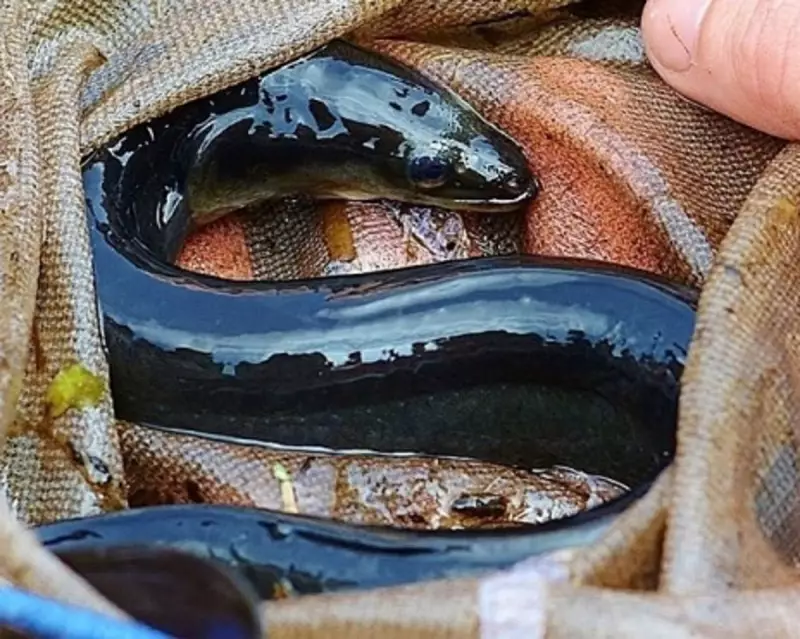
On the misty waterways of the Somerset Levels, a quiet revolution is underway. Here, a band of dedicated activists, fishermen, and scientists are mounting an extraordinary rescue mission to save one of Britain's most mysterious and endangered creatures: the European eel.
This isn't a typical conservation story. The mission is as much about preserving ancient local knowledge as it is about deploying the latest scientific technology. The team is employing sophisticated environmental DNA (eDNA) testing to track the elusive eels' movements, creating a detailed picture of their population and health without ever touching a single fish.
A Crisis Beneath the Surface
The numbers are stark. The UK's eel population has plummeted by over 95% since the 1980s, a decline so severe the species is now classified as critically endangered. In Somerset, a region historically teeming with these snake-like fish, the silence in the waterways is deafening.
"It's a ghost of what it was," laments local activist Holly, a sentiment echoed by the older generation who remember rivers so thick with eels you could almost walk across them.
Where Science Meets Storytelling
The project's genius lies in its dual approach. While the eDNA sampling provides hard, quantifiable data, the team is also acting as oral historians. They are meticulously gathering anecdotes, fishing tales, and local folklore from elderly residents, building a rich, historical baseline against which to measure the current crisis.
This fusion of data and narrative is proving powerful. The stories not only guide where to place the scientific equipment but also help to engage the local community, making an abstract ecological disaster feel personal and urgent.
More Than Just Fish: The Cultural Stakes
The fight for the eel is about more than biodiversity. For Somerset, it's a fight for cultural identity. Eels were once a staple food source and a vital part of the local economy. The traditional practice of ‘eel babbing’—using worms tied to wool as bait—is a piece of living history that risks being lost forever.
Reviving the population is seen as key to reviving these cultural touchstones and ensuring they are passed down to future generations.
Obstacles on the Path to Recovery
The challenges are immense. The eels' epic 3,000-mile migration from the Sargasso Sea to British rivers is fraught with modern perils: climate change, pollution, habitat loss, and man-made structures like dams and weirs that block their path.
The project aims to use its findings to advocate for practical solutions, such as installing eel passes on obstacles and improving the health of Somerset's river systems to give the species a fighting chance at recovery.
This Somerset initiative represents a new blueprint for conservation—one that respects the past while embracing the future. It’s a testament to the power of community and the hope that by listening to both data and stories, a species can be brought back from the edge.





